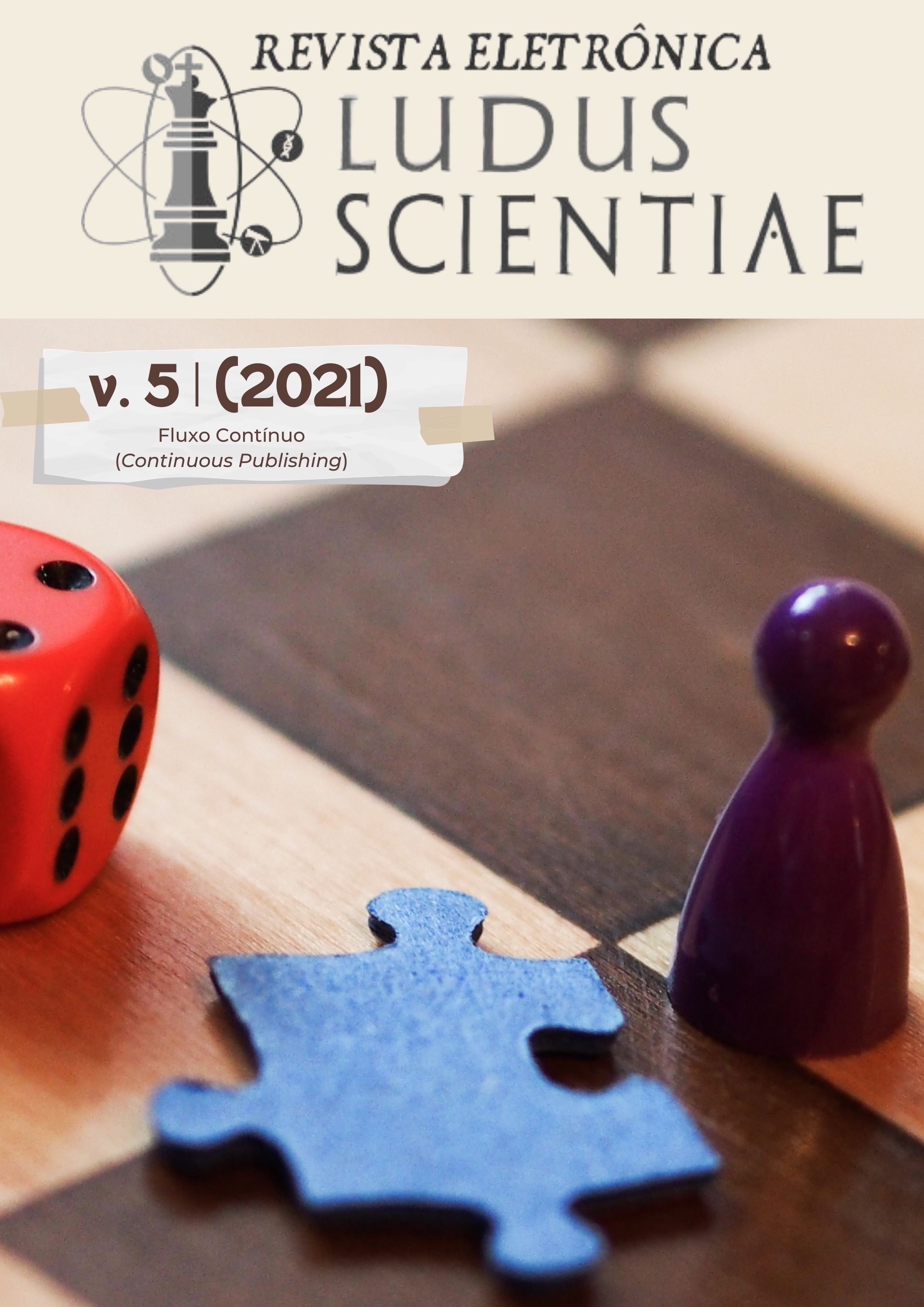The ludic potentiality in the science textbook of elementary school
DOI:
https://doi.org/10.30691/relus.v5i1-2.2946Abstract
Considering the textbook as still being the teacher's main resource; the importance of playful activities in the teaching and learning of children in the elementary school and the contribution of Critical Meaningful Learning to scientific literacy, this work seeks to demonstrate the potential of playful activities, allied to the teacher's intentionality, present in PNLD Science books (National Textbook Program) 2019. The analysis was carried out in 10 science books from the 1st year about the human body. The analyzes of the playful practices were subsidized by the types of play: Educational toys, Traditional Children's Play, Make-believe Play and Construction Play. Although important gaps were found in the modalities of play, to the detriment of the development of certain children's skills, it revealed potential contributions to a Critical Meaningful Learning. We conclude for the need to diversify and value recreational activities in science textbooks, and for the importance of investing in teacher training for the conscious use and application of this teaching resource in the education of children.
Downloads
Downloads
Published
How to Cite
Issue
Section
License
Copyright (c) 2021 Revista Eletrônica Ludus Scientiae

This work is licensed under a Creative Commons Attribution-NonCommercial-ShareAlike 4.0 International License.
Ao publicar o artigo científico na Revista Eletrônica Ludus Scientiae, o autor confirma que o trabalho é ORIGINAL e não foi anteriormente publicado em outro periódico físico ou digital, nem tampouco, como capítulo de livro, etc. Ele também atribui os direitos autorais do artigo à revista que disponibilizará seu conteúdo gratuitamente através do seu portal (https://revistas.unila.edu.br/relus).





